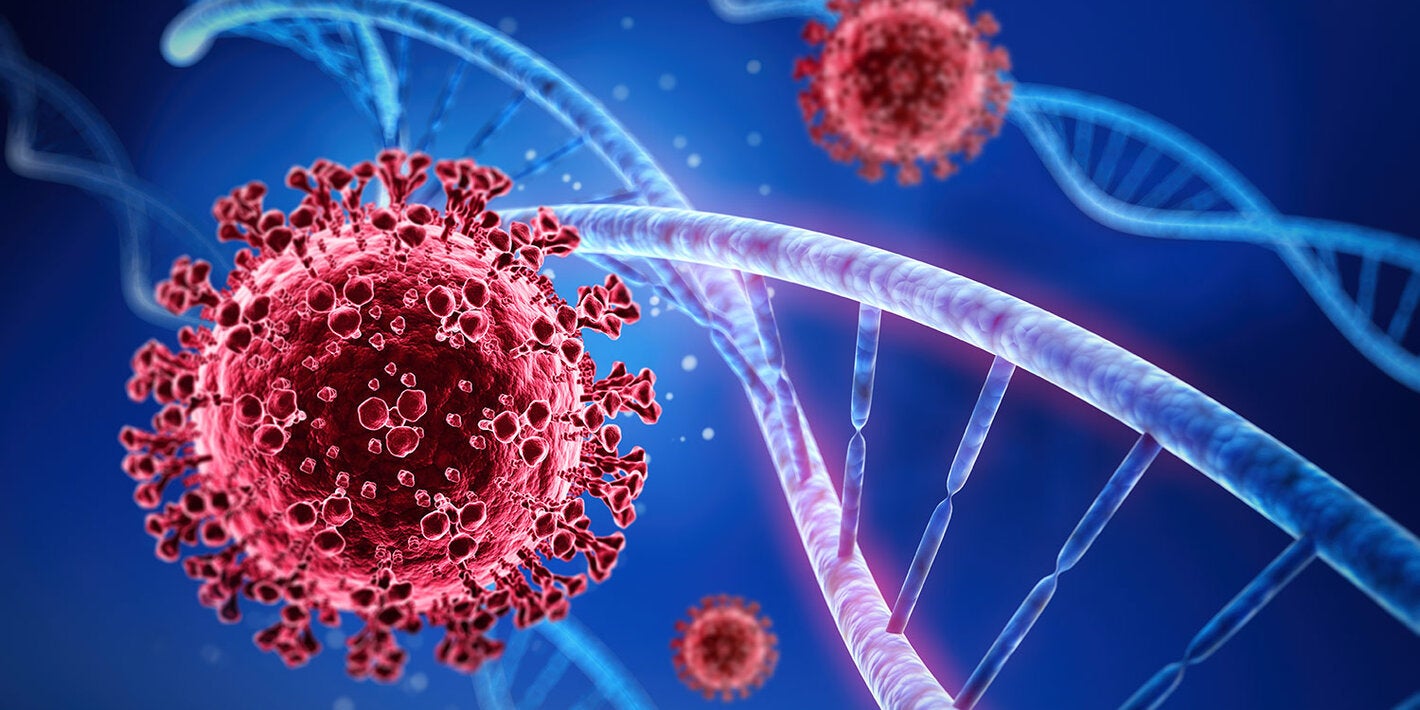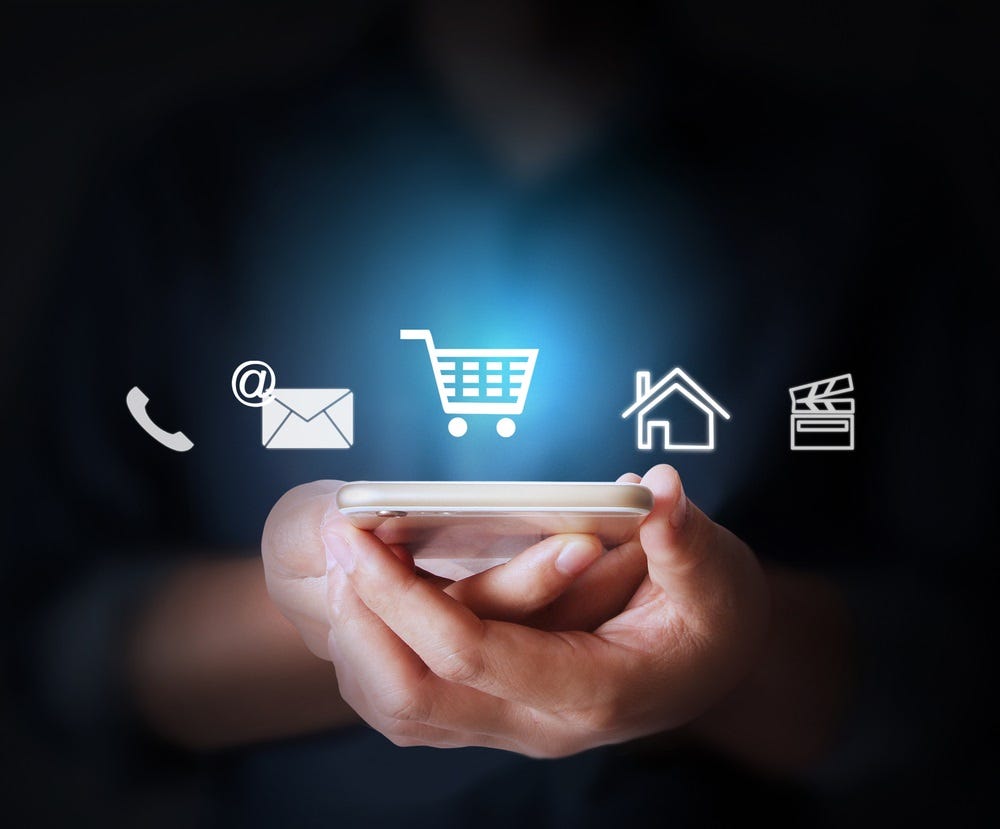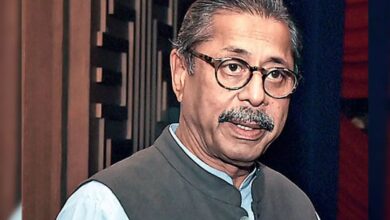COVID-19 Boosts Digital Payments in India And Failed Cash
COVID-19 Boosts Digital Payments in India And Failed Cash
The pandemic COVID-19 outbreak may certainly achieve what India’s collapse demonetization four years ago failed to make. It focused on the use of digital payments is rising for everything from groceries, cab charges, and electricity bills.

The number of transactions on the Unified Payments Interface, a platform created by India’s largest banks in 2016, touched an all-time high last month. People feared to make transactions with banknotes amid the COVID-19 pandemic. Digital fund transfers from banks, which had fallen in April as economic activity slowed almost to a pause, have also reflected.
People who never do online transactions are paying online; people who never bought online groceries are buying online. This situation is encouraging people for online transactions, stated Nityanand Sharma, chief executive officer of Get Simpl Technologies Pvt Ltd. He added that this didn’t happen in five years that occurred in the past three months.
The Demonetization and its aim
Prime Minister Narendra Modi’s government has attempted to push digital payments for India, where three in four consumers do cash transactions. In November 2016, Modi suddenly invalidated most of the country’s high-value currency notes as a move intended at controlling corruption that will also help encourage progress toward digital commerce, he later noted.
Digital payments increased amid the Demonetization as people were struggling to get banknotes but finally returned to cash as the number of notes in circulation increased again. Now the pandemic situation has made people cautious of intimate personal interactions that will be leading to online payments a fresh boost.

“The situation is lead by the consumer towards the digital transaction,” said Sharma, who had witnessed transactions on his platform double after April, “unlike demonetization, when there was no supply of currency.”
Sachin Raje is a 36-year-old Mumbai-based entrepreneur in the real estate business who recently converted his business and daily necessities to digital payments.
“Now, I buy fruits, milk, vegetables, and all kinds of daily necessary products through online payment apps, as I don’t want to risk a virus infection by exchanging cash,” he told.
Money! Money! Money! – It’s still big
The Reserve Bank of India last year told it intended to boost digital transactions around 15% of gross domestic product by 2021, from approximately 10% at the moment. The government plans for a billion digital transactions per day as the world’s fastest-growing smartphone market enables users to transact at the click of a button.
Global tech giants that include Alphabet Inc. and Amazon.com Inc. are putting bets on India’s digital payments market determined to quintuple to $1 trillion by 2023. To get a piece of that pie, they are competing with Alibaba-backed local startup Paytm and WhatsApp Pay Facebook Inc.’s and still testing steps in the country, among others. At present, the companies are racking up losses as they grant discounts and cashback to attract users.

According to a recent report from Capgemini Research Institute, three-quarters of Indian consumers reported more significant digital payments after the COVID-19 outbreak, and 78% assume to continue their usage in the upcoming six months, the highest figures among 11 nations surveyed. Another survey by Facebook and Boston Consulting Group explained an increase in India’s online payments after March after a nationwide lockdown to check the virus’s spread. It told there’s a strong possibility that the trend will continue across the next six months.
Cash is still the King of the market.
India’s digital payments per capita have witnessed an increase more than five times after 2015, to 22.4 transactions in the year-end March 2019, According to RBI figures. That’s yet far below China that witnessed 96.7 cashless transactions per person in 2017. However, India is still a long way from dropping its traditional attachment to cash.
Darren Aw, an economist with Capital Economics Pte. stated, while cashless transactions can presently rise at a faster speed than would have been the case in a world without the virus, cash will continue to be the chief payment method for a long time.
India is second to China in terms of the amount of cash withdrawn from ATMs. According to the RBI, and currency inflow is at 11.2% of gross domestic product and is higher than in most significant economies.
One of the primary reasons is that only one-third of India’s population has Internet access and those who do usually face connectivity problems. Also, some 20% of Indians have no bank account that limits the amount of card payments.
Rahul Bajoria, an economist with Barclays Bank Plc. said digital payments are mostly an urban phenomenon. The levels can support, but maybe the majority rates beyond a point can fizzle out.
Essential Services and Digital Payments
Even as overall digital payments decreased amid the first weeks of India’s lockdown when most businesses closed and gains witnessed for essential services that remained to operate their services like pharmacy, mobile top-ups, grocery, and utility payments.
The novel virus has “strengthened the speed of digital payments adoption,” even in small cities. There’s a massive demand from merchants for contactless digital payment solutions, said Navtej Singh, chief executive officer for digital payments with Hitachi Payment Services Ltd. Just like the days of Demonetization, when authorized retail got a more significant increase from digital transactions that led small grocery shops to stand to benefit now.

“It hardly takes seconds to complete an online transaction with the help of digital apps. It’s hassle-free, and every local businessperson has allowed online payments on their phones,” Mumbai entrepreneur Raje said. “I hardly swipe my card anywhere now.”




